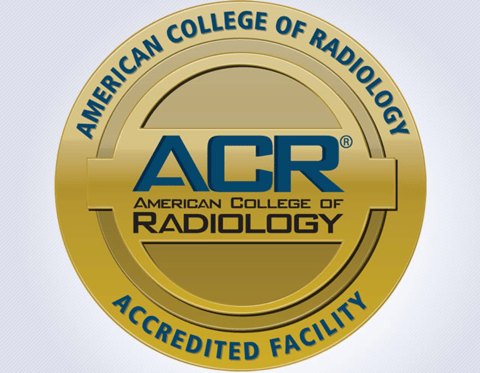RO-ILS Program: Incident Learning for Increased Patient Safety
Radformation is a proud supporter of the RO-ILS program and incident learning.
ClearCheck reporting in compliance with ACR standards.


1. ACR: Summary of Radiation Oncology Practice Accreditation Program Requirements“
Treatment Planning:
1. Documentation of delivered doses to volumes of the target and non-target tissues, in the form of dose volume histograms and representative cross-sectional isodose treatment diagrams, should be maintained in the patient’s written or electronic record.
2. Treatment prescription and the isodose plan must be signed or electronically approved by the radiation oncologist and medical physicist prior to the initiation of radiation therapy.
3. The patient specific goals and requirements of the treatment plan, including the specific dose constraints for the target(s) and nearby critical structure(s), should be documented.”
2. ACRO: ACRO Accreditation: Medical Chart Upload Checklist“a written physician clinical treatment planning directive, signed and dated by the physician to include, but not limited to, the following criteria: Treatment Intent, Modality, Technique, Dose constraints for target volumes, Organs at risk, Time/dose considerations, Special tests, Ports and Devices.”
3. APEx: APEx Program Standards
“Treatment planning directive.2.2.1 A documented patient-specific planning directive guides treatment planning staff and defines target and normal tissue volume goals.”

Automation software that enables cancer clinics to do more in less time. Transform your department with increased plan quality, safety, and efficiency.
Related tags: Compliance & Clinical Solutions Safety & Quality Improvement
Radformation is a proud supporter of the RO-ILS program and incident learning.
Accreditation delivers clear value to radiation oncology departments via thorough practice assessment.
An overview of TG-203 guidelines, recently published by the AAPM.
Leave a comment